The majestic red deer has roamed the British Isles for thousands of years, captivating us with its beauty and grace. And the fierce displays and roars of the males looking for mates. These impressive creatures are the largest land mammals in Britain, standing tall in our forests, moorlands, and mountains.
But how much do we really know about these iconic animals? I bet most of us rarely see them, or know what we’re looking at when we do. I grew up in a very rural place where those beautiful and enormous creatures were pretty common, and even as an adult, I love to spend as much time as I can outdoors in the countryside, so I’m lucky enough that I catch glimpses of these stunning creatures pretty regularly.
From their fascinating social structures to their surprising swimming abilities, red deer are surprisingly interesting animals.
They’re Not Actually Red
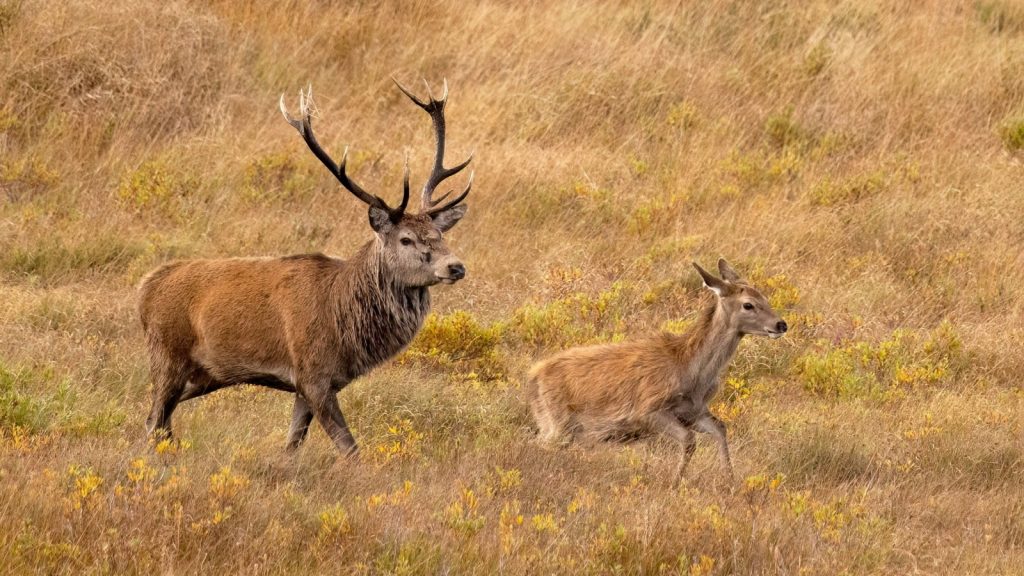
Despite their name, red deer aren’t truly red. Their coats are usually a rich, reddish-brown colour in summer, turning greyish-brown in winter. The name “red” likely comes from their russet summer coat, which can look striking in sunlight. Interestingly, their scientific name, Cervus elaphus, means “stag deer” in Latin.
Stags Can Weigh as Much as a Small Car
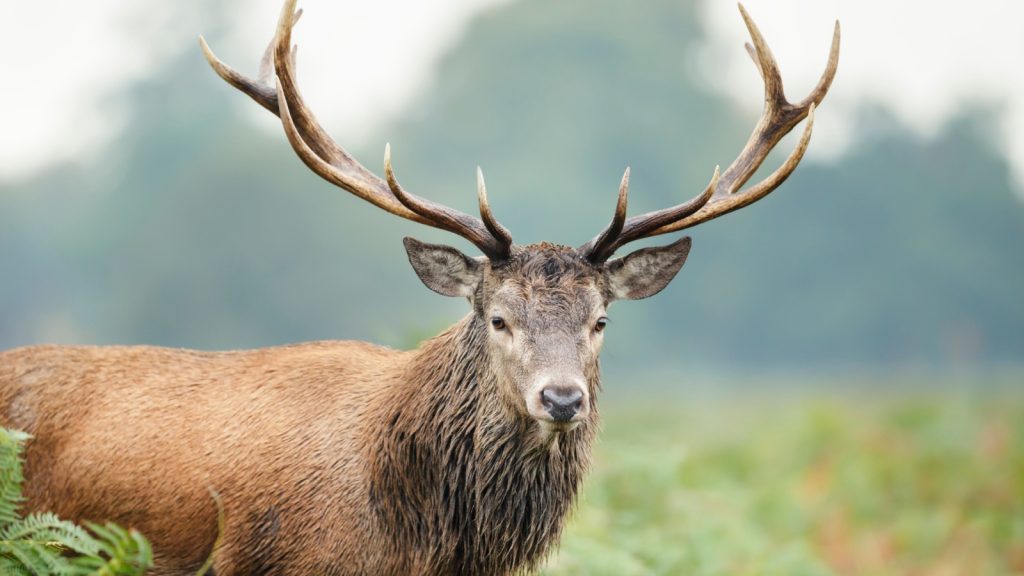
Male red deer, called stags, can reach an astonishing weight of up to 190 kg. That’s about the same as a small car! Females, known as hinds, are considerably smaller, typically weighing between 90 and 120 kg. This significant size difference between males and females is known as sexual dimorphism and is common in many deer species.
Their Antlers Grow at an Incredible Rate
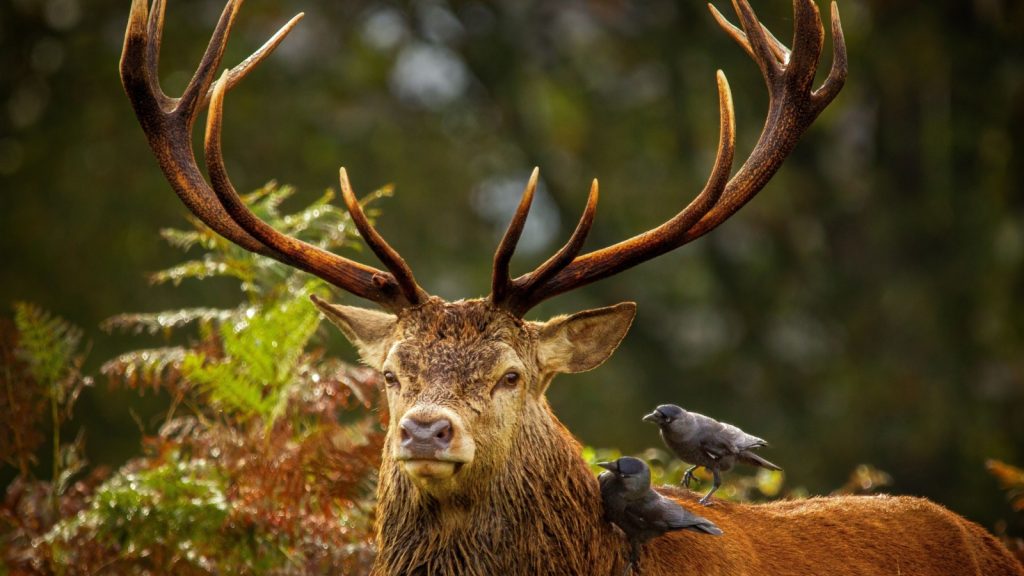
A stag’s antlers are one of the fastest-growing animal tissues on Earth. They can grow up to 2.5 cm per day during the spring and summer months. This rapid growth requires a huge amount of energy and nutrients. Once fully grown, a large set of antlers can weigh up to 15 kg.
They’re Champion Swimmers

Red deer are excellent swimmers and can cross rivers and even sea lochs with ease. They’ve been known to swim distances of up to 7 km in search of food or new territories. Their hollow hair helps them stay buoyant in water. This swimming ability has allowed red deer to colonize many islands off the coast of Scotland.
Deer Milk Is Super Rich
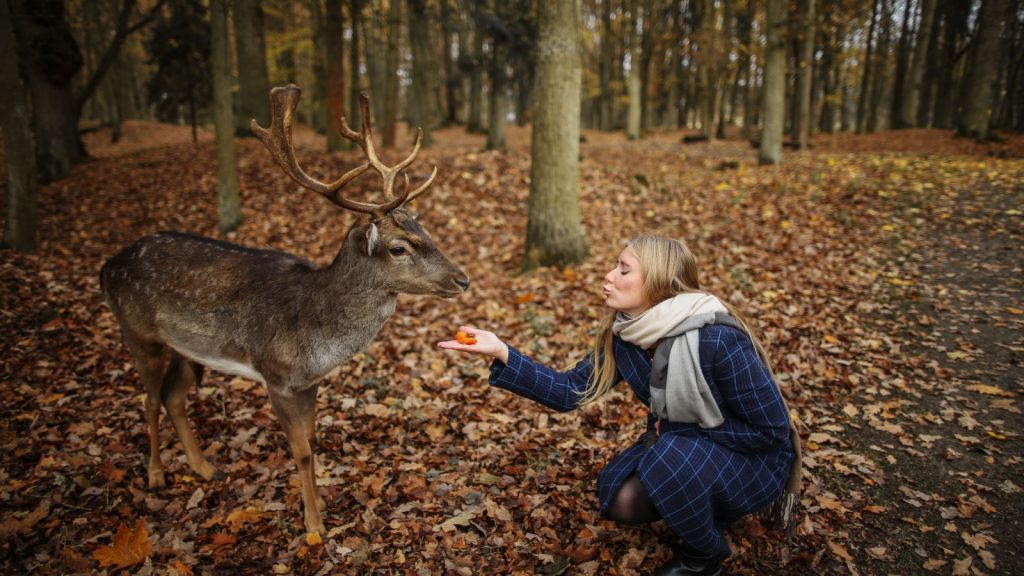
Red deer milk is incredibly rich, containing about 10% fat. This is much higher than cow’s milk, which typically contains around 3.5% fat. This rich milk helps fawns grow quickly in their first few months of life. A red deer fawn can double its birth weight in just 15 days thanks to this nutritious milk.
They Have an Amazing Sense of Smell
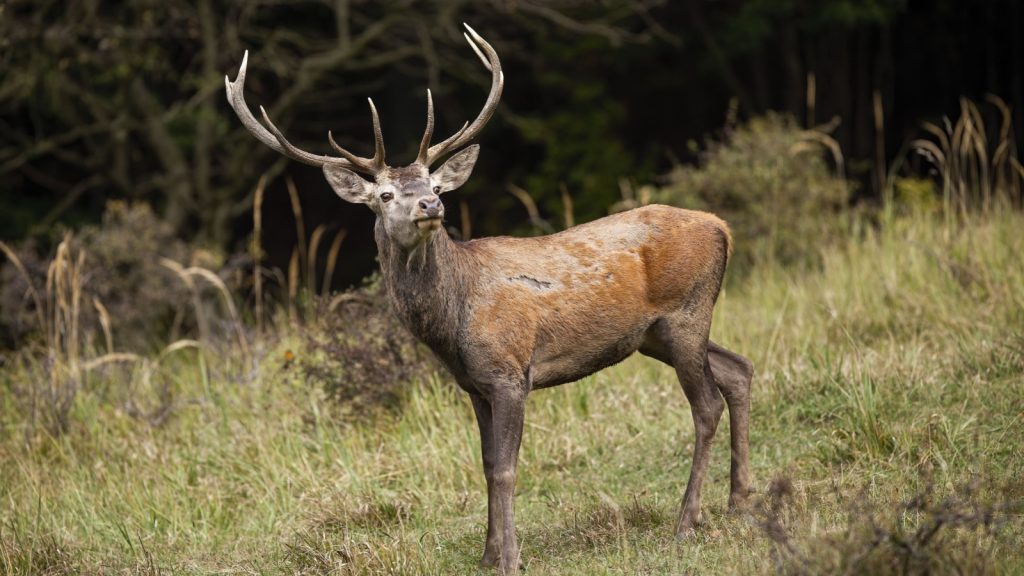
Red deer have an exceptional sense of smell, which they use to detect predators, find food, and communicate with each other. They have scent glands near their eyes, which they use to mark their territory and leave messages for other deer. Their sense of smell is so acute that they can detect odours from up to 1 km away under favorable conditions.
Stags Roar to Attract Mates
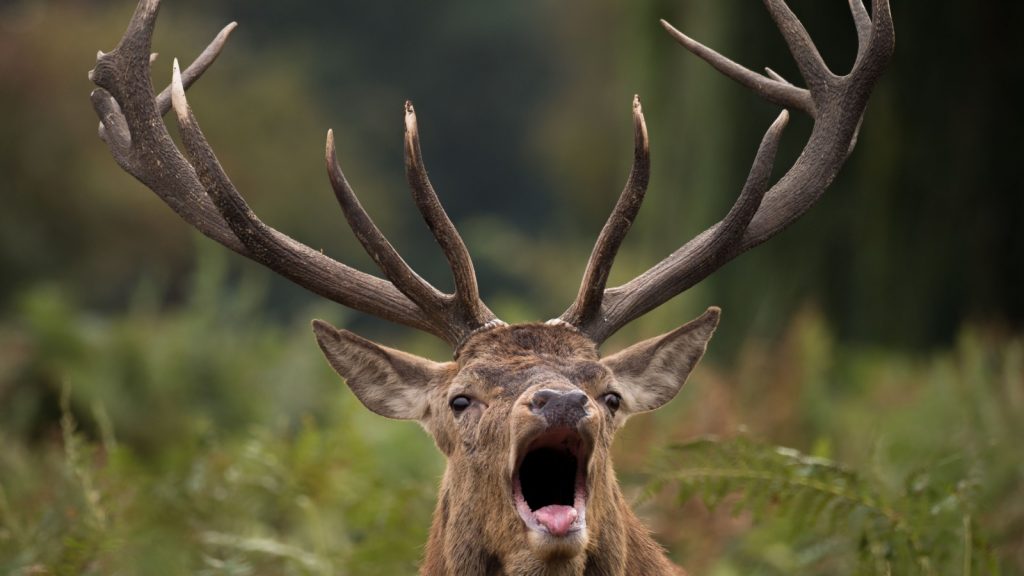
During the autumn rutting season, stags roar to attract females and intimidate rival males. These roars can be heard up to a mile away and are a key part of the mating ritual. The deeper and louder the roar, the more attractive the stag is to potential mates. A single stag can roar up to 1,000 times per hour during peak rutting season.
They Can Live for Over 20 Years
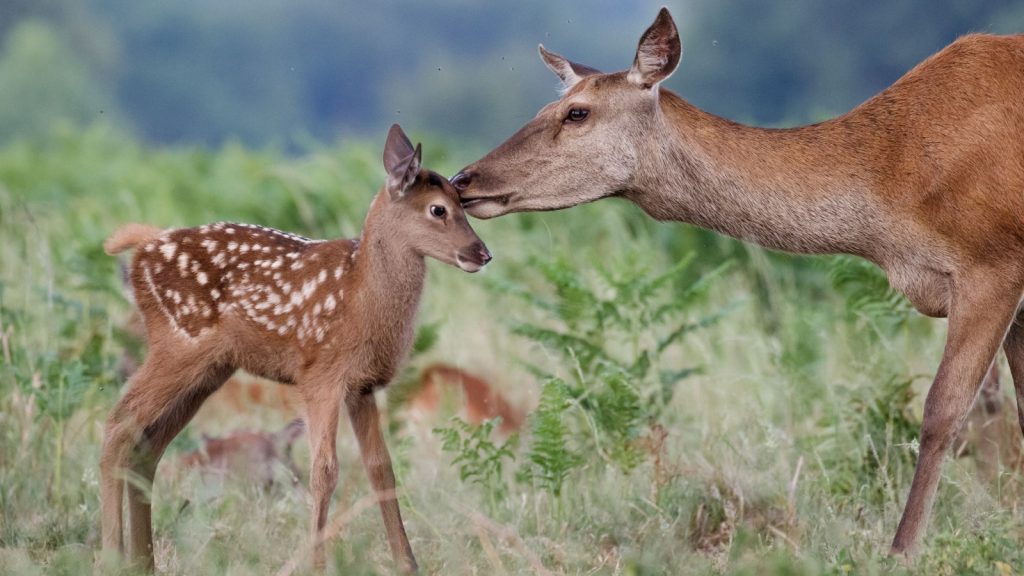
In the wild, red deer typically live for about 10-13 years. However, in captivity, they can live for much longer – up to 20 years or more. The oldest recorded red deer lived to the ripe old age of 26! Factors like predation, harsh winters, and competition for resources often limit their lifespan in the wild.
Their Eyes Glow in the Dark

Like many nocturnal animals, red deer have a reflective layer behind their retina called the tapetum lucidum. This layer reflects light back through the eye, improving night vision and causing their eyes to appear to glow in the dark when light shines on them. This adaptation allows them to see up to 6 times better than humans in low light conditions.
They’re Related to Elk

Red deer are closely related to the North American elk, or wapiti. In fact, they’re so similar that some scientists consider them to be the same species. The main difference is size – elk are generally larger than their European cousins. Recent genetic studies have shown that red deer and elk diverged from a common ancestor around 400,000 years ago.
They Have Four Stomachs
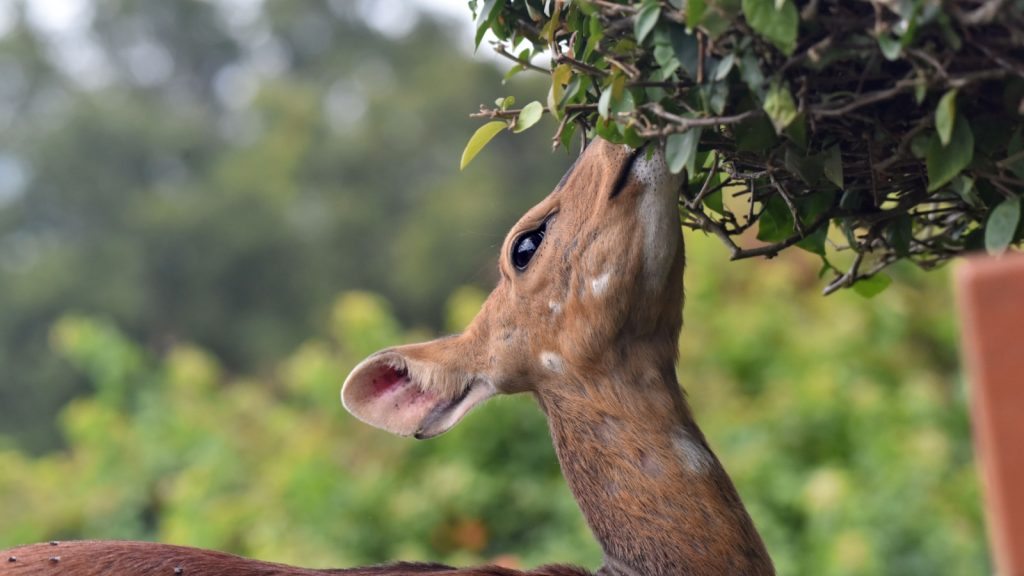
Like all deer, red deer are ruminants. This means they have four stomach chambers to help them digest tough plant material. They’ll often eat quickly and then retreat to a safe place to regurgitate their food and chew it again, a process known as chewing the cud. This complex digestive system allows them to extract maximum nutrition from their plant-based diet.
Fawns Are Born with Spots
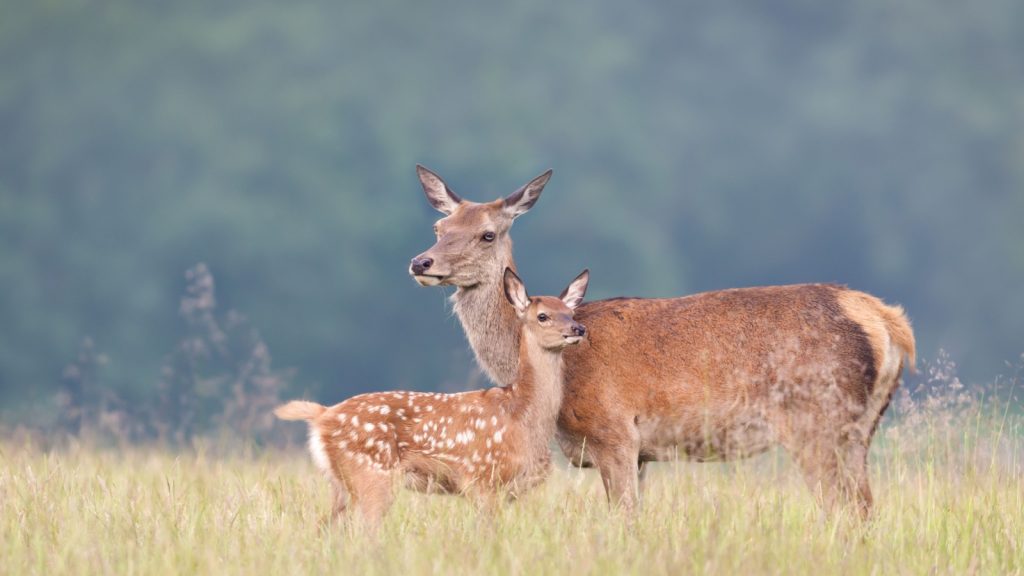
Baby red deer, called fawns, are born with white spots on their reddish-brown coats. These spots act as camouflage, helping to keep the fawns hidden from predators. The spots fade as the fawn grows older, usually disappearing by the end of their first summer. For the first few weeks of life, fawns are odorless, which further helps them avoid detection by predators.
They Can Jump Really High
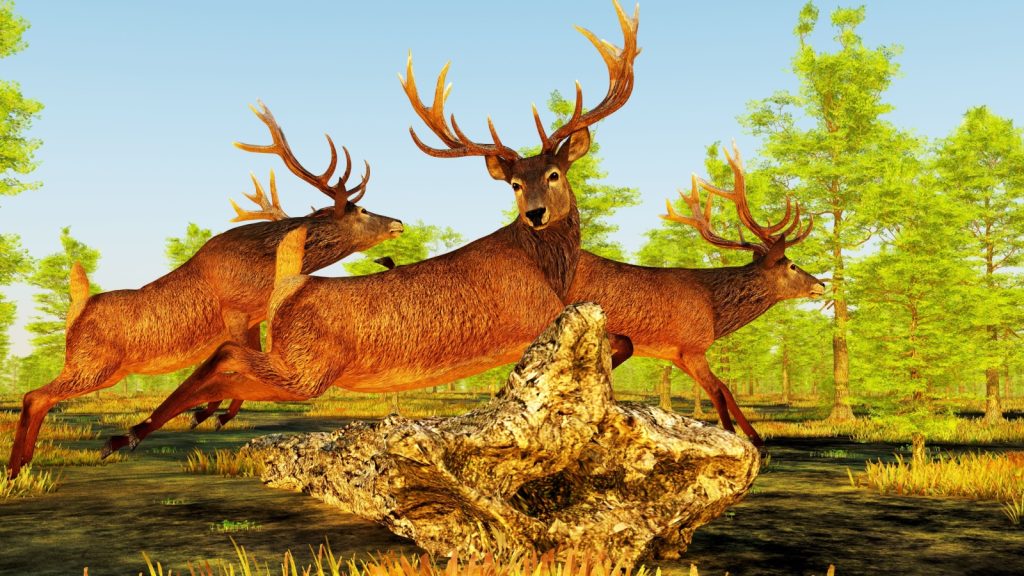
Red deer are impressive jumpers, capable of clearing obstacles up to 2.5 metres high. This ability helps them escape from predators and navigate through dense woodland. They can also run at speeds of up to 45 miles per hour over short distances. Their long, powerful legs are perfectly adapted for both sprinting and leaping.
Their Antlers Are Used in Traditional Medicine
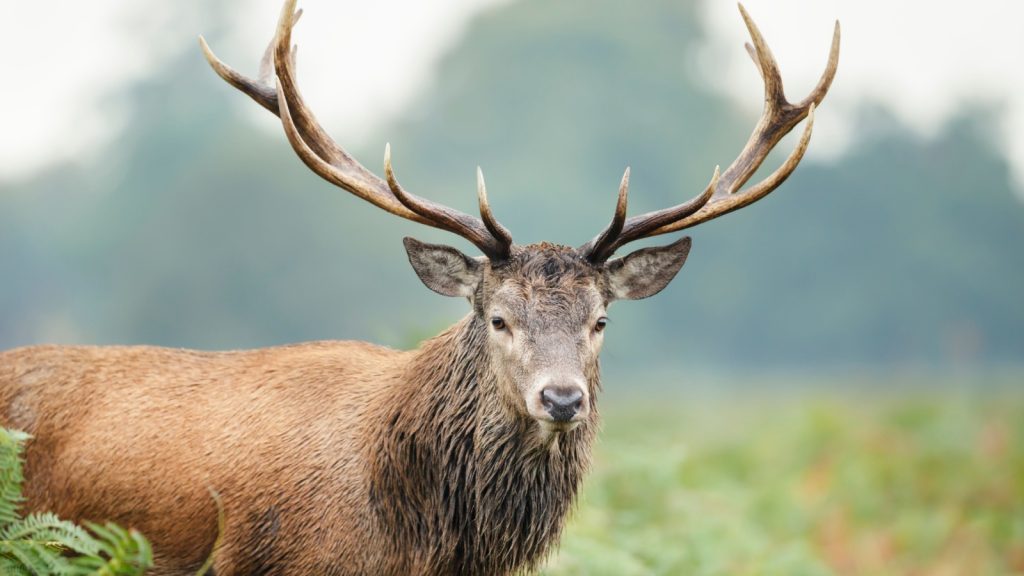
In some cultures, red deer antlers are used in traditional medicine. They’re believed to have various health benefits, although scientific evidence for these claims is limited. Antlers are shed naturally each year, so they can be collected without harming the deer. The use of deer antlers in medicine dates back thousands of years in some Asian cultures.
They’re Making a Comeback
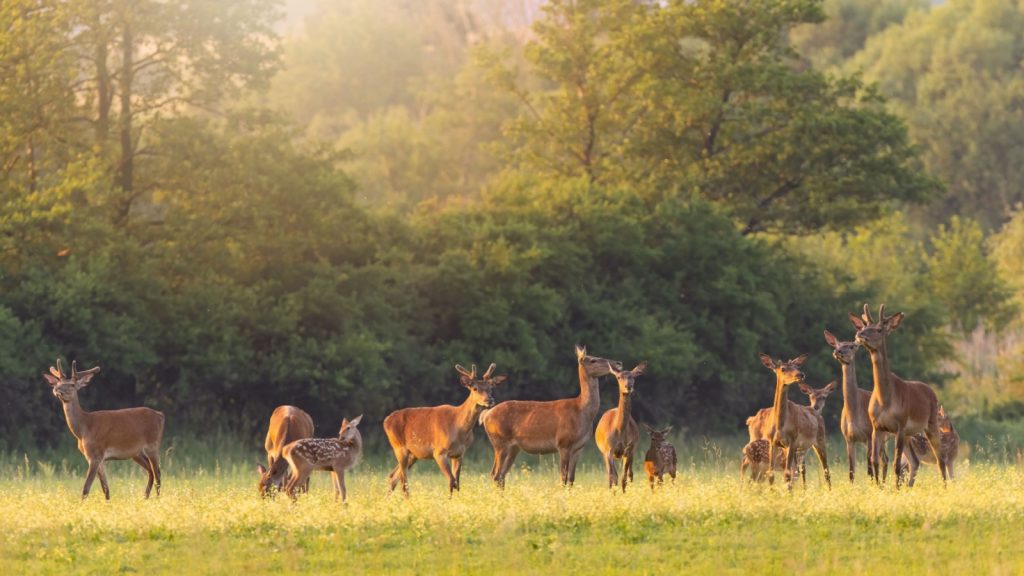
Red deer populations in Britain have been increasing in recent years. While this is good news for the species, it can sometimes lead to conflicts with human activities, particularly in areas where deer numbers are very high. Careful management is needed to balance deer conservation with other land use needs. Current estimates suggest there are over 350,000 red deer in the UK, the highest number in 1,000 years.



